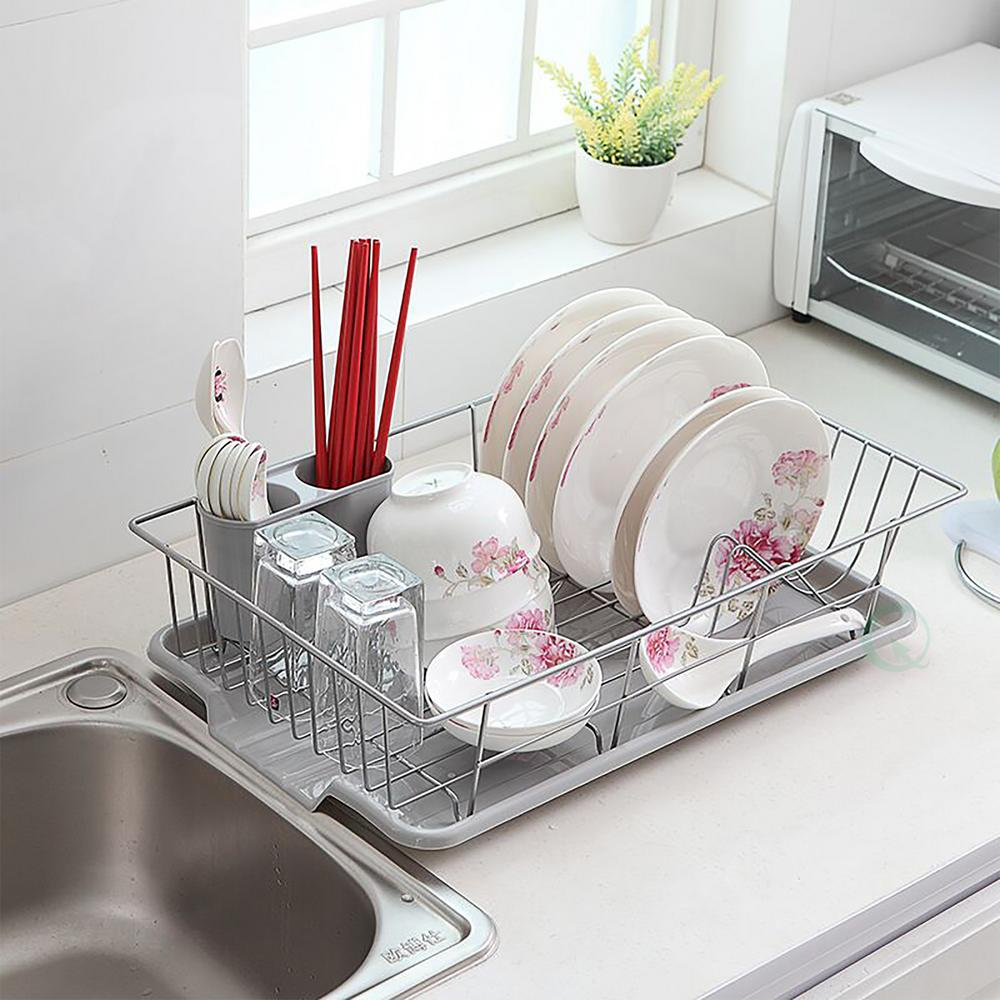Mom's (coding) Standards
07 Feb 2019Mother’s Standards
As a child I would always wonder why chores such as hanging clothes or washing dishes always had a specific set of directions that my mother would always make me follow. I’ve watched TV shows and read comics where kids wash dishes differently. Sometimes they use a brush or one sink when they have two or towel drying their dishes afterwards. I always wondered why my family does it this way. Well, washing the dishes with soap and a sponge and then rinsing them in a seperate sink and then air drying them on a dish rack was how I was taught. If I don’t follow these standards I would get scolded and told to do them again. If I don’t follow the method I was taught, the dishes were deemed dirty, incorrectly rinsed, or told I’m “wasting towels.” It’s important to understand that every mother has a different way to do dishes and that they all accomplish the same thing, clean dishes. As an asian young adult, we must adhere to our mother and father or else we will get an X instead of a checkmark.
An ever evolving coding standard.
ESLint is my mother, coding is my dirty dish, IntelliJ is my kitchen sink. There are many ways to code and achieve your goal, whether it’s calculating sums of an array or checking if the age is in the supplied threshold. They all can be writen and working, but if you don’t follow the steps and format, it may anger your boss or professor. Your professor will say “I told you, you have to use two spaces instead of a tab, it’s how I want you to do it.” I hold back my inner thoughts as Jason Leigh taught me that tabbing is my spacing method I learned in my first year of Java at UH Manoa. Old habits die hard because today I use double spaces after new lines.

In the end, I always strive for the checkmark so I don’t get scolded by my parents for doing the dishes wrong or getting a bad grade. Formatting and following the strict rules helps create a more beautiful code to read, and efficient way to clean the dishes.